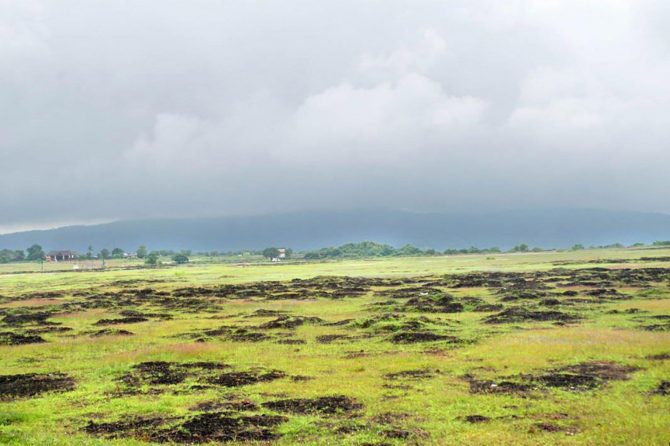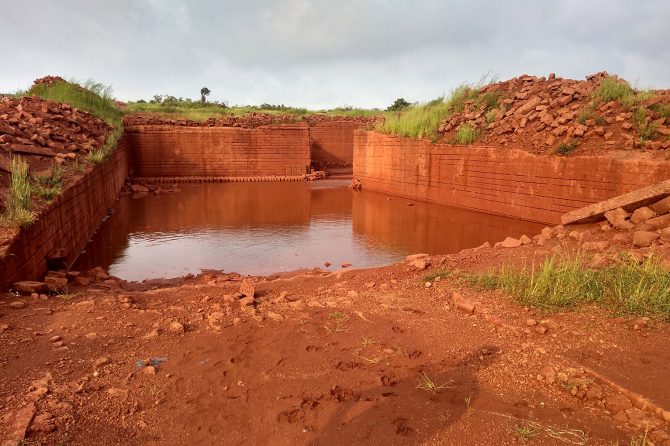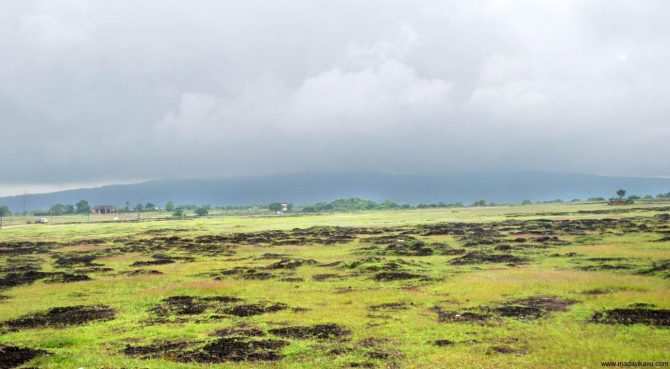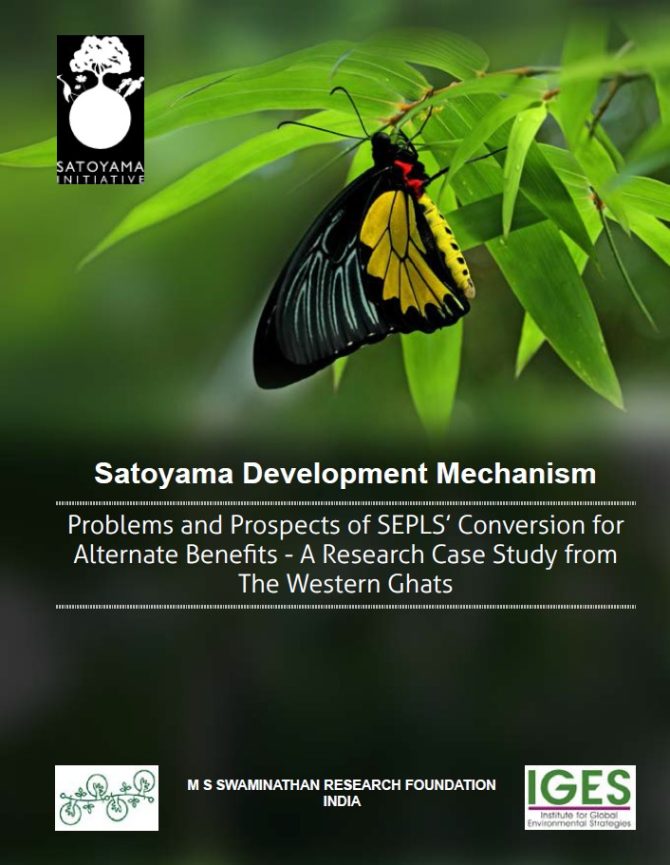2016 INDIA
Problems AND ‘Prospects’ OF SEPLS’ Conversion for Alternate Benefits – A Research Case Study from the Western Ghats
M. S. Swaminathan Research Foundation (MSSRF)
Research activities
Landscape
Overview
This project was a case study in a mountain range, “the Western Ghats” located in Northern Kerala. These laterite hills are the source of water and nutrients for the valleys where people live densely and carry out extensive farming. The rich biodiversity in the hilltops supports endemic and unique flora in all seasons. However, mining and quarrying activities as well as demanding construction work have exploited the biotopes beyond repair. The status quo of the lateritic hills, as ‘wastelands’ for public concern, accelerate this process. In the face of such issues, the project aimed to achieve the following:
i) Understand the problems and ‘prospects’ on converting the laterite hills into socio-ecological production landscapes (SEPLS) for alternative benefits. This was done through widely sharing and transferring knowledge on biodiversity, its values, functioning, status and trends, and the consequences of its loss as envisaged in Aichi Target 19.
ii) Analyse the role of the Biodiversity Management Committees (BMCs), in the conservation and management of SEPLS (BMCs are statutory bodies attached to Local Self Governments, constituted by the Biological Diversity Act, 2002 and defined as the ‘environmental caretakers’ of the respective regions (emphasis was given to the laterite landscapes of Northern Kerala)).
This project, in consultation with local people and governments and researchers, developed several recommendations which can be used for further regional planning and policy formulation. In addition, it became clear that the BMCs need to be further strengthened and made aware of the importance of conserving the laterite hillocks.
Key achievements
- A documentary film on the problems and prospects of the laterite landscapes was produced (https://www.youtube.com/watch?v=xWMo2DAYzZw)
- An illustrated case study report was produced for researchers and policymakers for their review and guidance.
Lessons
- The existing local governance system needs to be strengthened and made aware of the importance of conserving the production landscapes in order to take concrete actions.
- Each of the mentioned issues on the landscape need to be studied for their sociological and livelihood impacts so that better management plans can be put forward.
Project location
Organisation

M. S. Swaminathan Research Foundation (MSSRF)
- Sector
- Non-governmental organisation
- Country
- India
- Website/SNS
- https://www.mssrf.org/
Related products
A Call from the Laterite Landscapes
- Publisher
- M. S. Swaminathan Research Foundation
This film portraits the story of Laterite hills of Northern Kerala, a Socially and Ecologically Productive Landscape.
SDM Report: Problems and Prospects of SEPLS’ Conversion for Alternate Benefits – A Research Case Study from The Western Ghats
- Publisher
- M. S. Swaminathan Research Foundation (MSSRF)
This project comes up with a research case study from the Western Ghats on the problems and ‘prospects’ of converting Laterite Hills, a Socially and Ecologically Productive Landscape (SEPLS) for alternate benefits. These hills are the source of water and nutrients for the valleys where people live densely and do farming extensively. The rich biodiversity in the hilltops supports endemic and unique flora across seasons. This case reveals that the Laterite Hills are the most imposing but extremely threatened topographical feature of Northern Kerala. Mining and quarrying activities and ruthless constructions are silently destroying these biotopes beyond repair. The status-co of the lateritic hills, as ‘wastelands’ in public concern, accelerate this process. In consultation with people, local governments and researchers, the project has developed a case with a few recommendations which can be used for further regional planning and policy formulations.
Relevant projects
Projects of the same year
Aichi Biodiversity Targets
Aichi Biodiversity Targets
-
Awareness increased
Sustainable Development Goals
Sustainable Development Goals
-
Life on land



